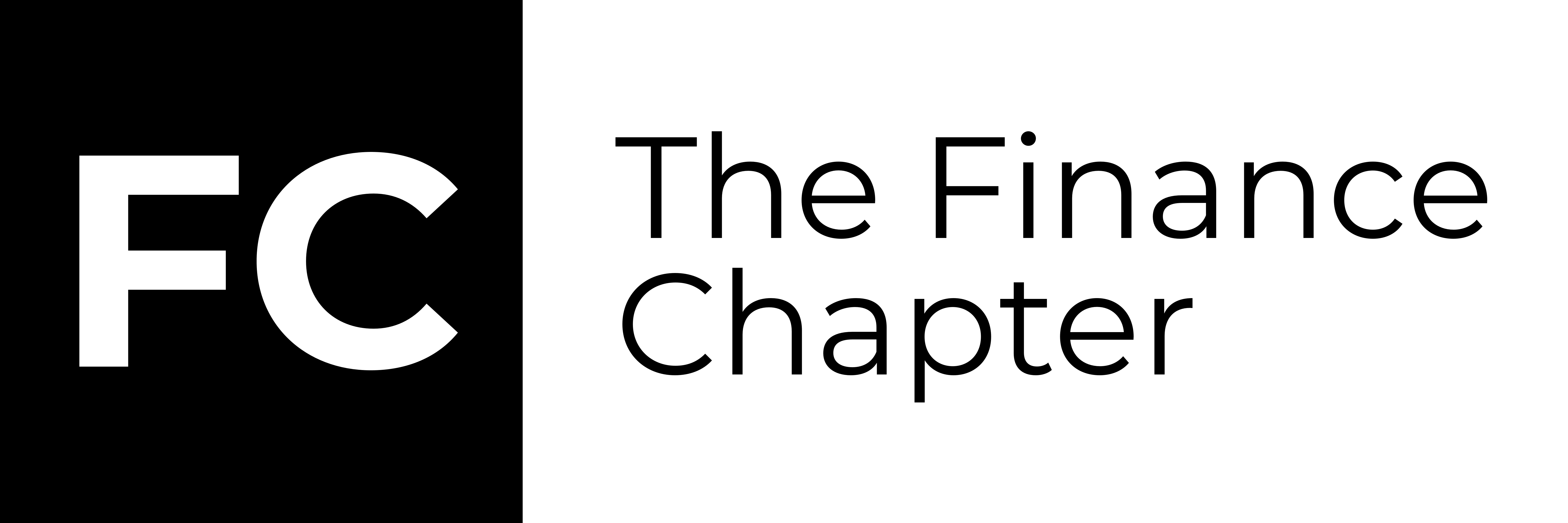
Satya Nadella’s appointment to lead Microsoft back in February 2014 was spectacular for many reasons. Born in Hyderabad India, his mom was a Sanskrit lecturer, and his dad was a senior public servant. The appointment captured the aspirations of all diasporans to contribute at the highest level. But there was no time to savour the moment. Microsoft was a company in search of direction. It had struggled to stay relevant in the decade prior, evidenced by a lacklustre share price. The need for change was genuine. In a sense, it was the perfect setup for a major shakedown.
As we look back on the last seven years, we can say that things are much different. The stock price is up by a lot, employee satisfaction is as good as it gets, and a spree of acquisitions and investments have put this tech titan in a strong market position.
Microsoft’s board has also taken note. And in a recent development on 16 June 2021, Satya Nadella was appointed as chairman of the board. Under Nadella’s leadership, Microsoft is cool again.
With the benefit of hindsight, we reflect on Satya’s leadership philosophy and unpack the ideas that have proved redemptive for the world’s largest software company.
An Employee First Model
When Satya was asked back in February 2014 where his focus would be as CEO, he spoke with clarity and certainty without skipping a beat. In his words, he would
“Ruthlessly remove any obstacles to innovation…”
A theme he would later reflect on in his book, titled Hit Refresh.
While Satya believed in the existing talent at Microsoft, he recognised the need for change in its work environment. As a leader, he understood the need to enable talent to thrive, and he was unwilling to allow room for obstacles.
When organisations flirt with these obstacles, it often manifests at the lower tactical level. Employees at this level may not have the inclination or the authority to address these shortcomings directly. Left unchecked, it leads to adverse outcomes.
This is why having the right stance matters, and it’s the leaders who shape that stance.
Under Nadella, Microsoft has consistently exemplified an employee-first model. They were among the first companies to allow employees to work from home in the wake of the Covid-19 pandemic. But they didn’t stop there. Microsoft chose to pay hourly wage employees their normal rate even though they may have had reduced hours due to work from home restrictions. This meant that the 4,500 service staff in Puget California driving permanent employees to work and also working in the cafeterias who would have had reduced hours could still receive their full wages.
It’s uncommon to see an organisation put its people before profits, and very few ever rise to this level of citizenship. But when employees know that their employer will do the right thing by them, they step up to the plate and deliver their end of the bargain. Not just on the legal contract, but the social one too.
A Case For Meaning At Work
Satya went on in his response to explain that
“We spend far too much time at work for it not to have deep meaning.”
This idea validates the notion that workplaces should be enabling environments. When employees have the freedom and tools to do their jobs, they are enabled. But when they feel connected to a greater purpose, the work changes from being a place for meeting outcomes to one where they realise opportunities, an infinitely more inspiring proposition. Satya understands that people are hungry for work that matters. And from his stance, we learn that great leaders will do everything they can to create a workplace where employees connect with a cause that’s bigger than them.
In a recent survey by McKinsey & Company polling over 17,000 Linkedin members, 54% of respondents rated a sense of purpose as most critical to their sense of well-being at work, with Mind, Body and “Other” lagging behind. It seems Satya Nadella knew this from day one. He was on the money.
A Thirst For Greater Impact
In an interview with Stephen Dubner on the renowned Freakonomics podcast, Satya Nedalla was invited to reflect on his success as the CEO of Microsoft. The company had had an impressive run and the stock price was up just over 100%. Here’s what he had to say:
“… the idea that a lot of progress has been made is not how I look at it.
…we are clearly grounded in all the things that we can do better.”
He was not resting on his laurels. His sleeves were rolled up and his sights were set on realising the opportunities ahead.
This podcast episode was recorded in September of 2017, three and a half years into his tenure as CEO. That was almost four years ago, and since then, the stock price has grown by a further 250%. But numbers don’t tell the whole story.
During his time, Nadella has overseen bold strategic acquisitions, product launches, and R&D investments, most notably acquiring business networking platform Linkedin in 2016 for $26.2 billion and software version control platform Github in 2018 for $7.5 billion.
An Empathetic Centre
In his book, Hit Refresh, Satya Nadella shares with striking honesty his experiences and how they’ve shaped his worldview and leadership stance. His sense of empathy is deeply anchored in those experiences and their timeless lessons. It informs not only how he engages with colleagues but also how he conceptualises the opportunity at Microsoft, to touch real lives. Although this is not the simplest concept to translate into strategic priorities, Satya Nadella creates a compelling case for it in his book.
In keeping with this theme, Microsoft recently took yet another bold step to create a new product category that caters to employee experience, specifically for our digital age. Launched in February this year, Microsoft Viva responds to the effect of Covid-19 on employee experience. According to their website, it brings together communications, knowledge, learning, resources, and insights.
I can say that Microsoft looks like a very different company under Satya’s leadership. The push to enable its people to do their best work has spilt over to the outside. The tech company formerly known for its productivity tools has now set out to democratise productivity in socially relevant ways. And it’s working.
Photo credit Microsoft



